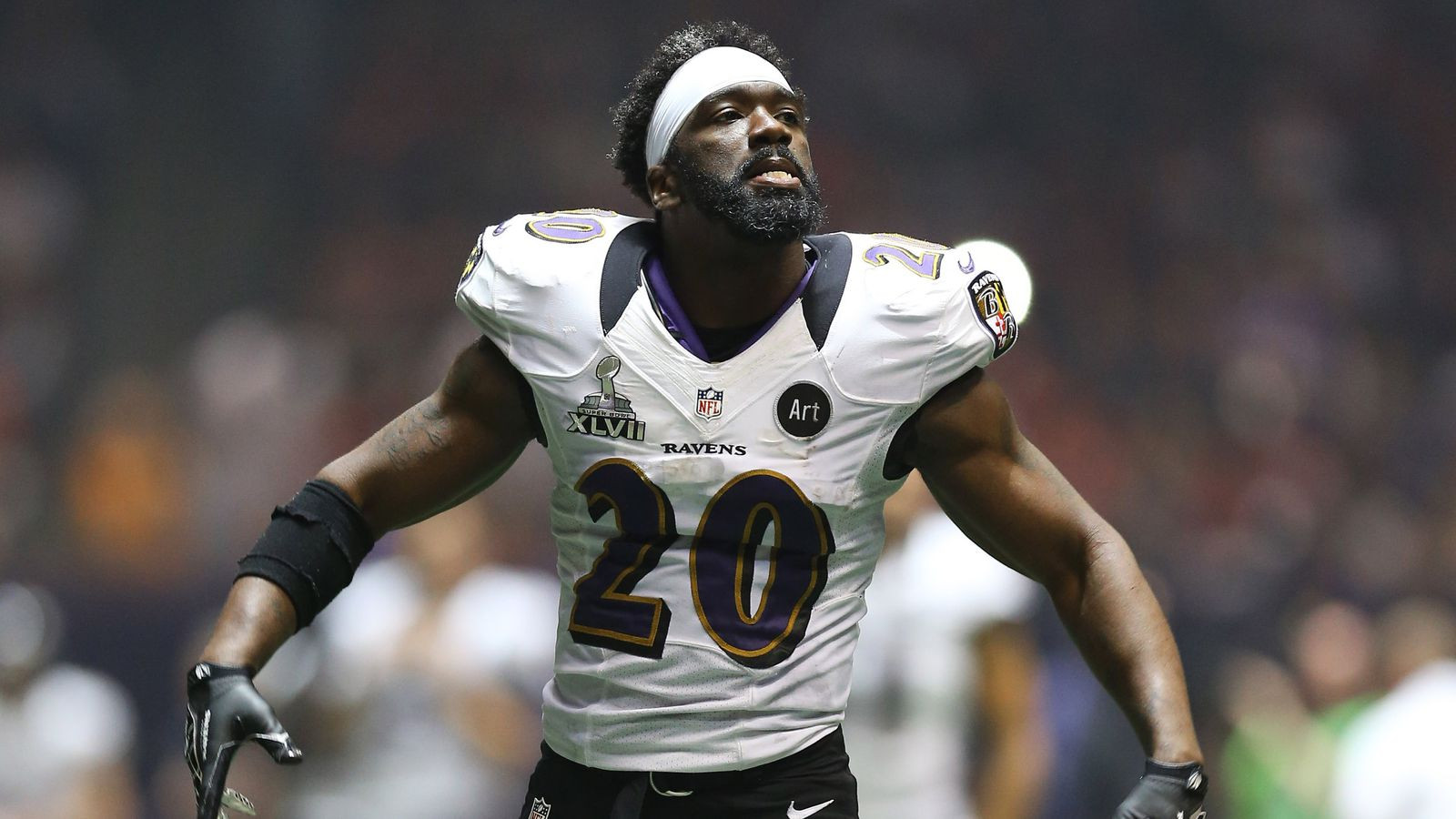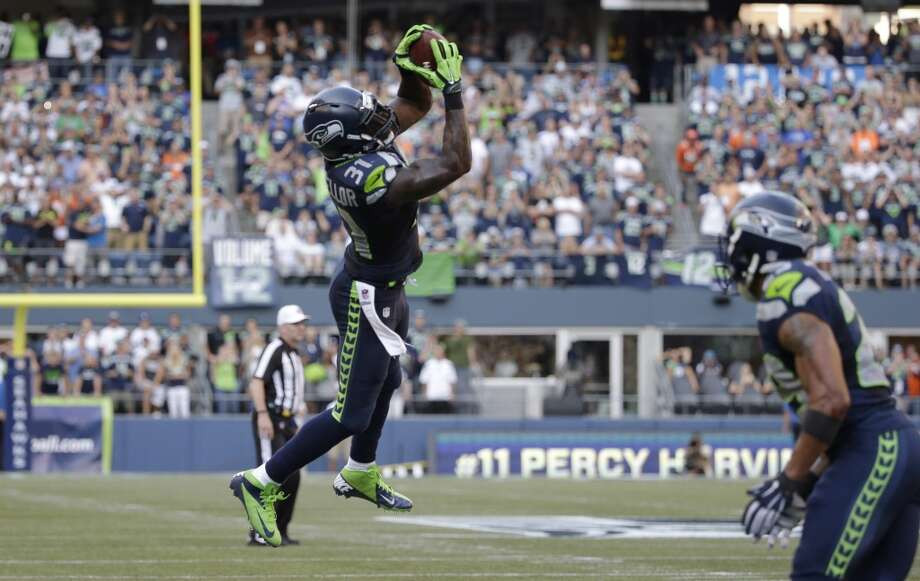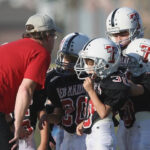Navigating the complexities of football positions can be daunting. Ever wondered “What Is A Defensive Safety In Football?” This article breaks down the safety position, their pivotal roles, and the skills that make them essential on the gridiron. Read on to discover why safeties are often the unsung heroes of a winning team.
What is a Defensive Safety in Football? An Expert Explanation
In American football, a defensive safety is a crucial player in the defensive backfield, typically positioned deepest to act as the last line of defense against both passing and running plays. Tasked with preventing big plays, safeties require a blend of athleticism, intelligence, and leadership. Let’s delve deeper into the nuances of this critical position.
The Primary Role of a Safety
The primary role of a safety is to prevent the opposing team from scoring by making tackles, intercepting passes, and providing support to other defensive players. According to a report by ESPN, safeties are often described as the quarterbacks of the defense, responsible for reading the offensive plays and making quick decisions to counteract them.
Free Safety vs. Strong Safety: Understanding the Difference
Traditionally, there are two main types of safeties: the free safety and the strong safety. While their roles can sometimes overlap, they generally have distinct responsibilities:
- Free Safety: Often the faster of the two, the free safety is typically responsible for deep coverage, helping to defend against long passes. They have the “freedom” to roam the field and react to the play, often playing further from the line of scrimmage.
- Strong Safety: This safety is typically larger and more physical, often playing closer to the line of scrimmage. The strong safety is heavily involved in run support and may also be assigned to cover tight ends or running backs in passing situations.
Why the Name “Safety”?
The name “safety” comes from the position’s critical role in preventing big plays and touchdowns. They serve as the last line of defense, ensuring that any offensive player who breaks through the initial defensive line is met with a formidable tackler.
Key Responsibilities of a Defensive Safety
Safeties have a multifaceted role that requires a diverse skill set. Here’s a detailed look at their key responsibilities:
Pass Coverage
One of the most important responsibilities of a safety is pass coverage. This involves:
- Deep Coverage: Preventing long passes by positioning themselves deep in the secondary.
- Zone Coverage: Covering specific areas of the field, reading the quarterback’s eyes, and reacting to potential threats.
- Man Coverage: Covering a specific offensive player, such as a tight end or running back, one-on-one.
Run Support
Safeties must also be effective in run support, which includes:
- Reading the Play: Quickly diagnosing whether the play is a run or pass.
- Filling Gaps: Attacking the line of scrimmage to fill gaps and make tackles on running backs.
- Setting the Edge: Preventing the running back from getting outside the defensive formation.
Tackling
Effective tackling is crucial for any safety. They must be able to:
- Make Open-Field Tackles: Bringing down ball carriers in open space.
- Deliver Hard Hits: Disrupting plays and preventing additional yardage.
- Wrap Up: Ensuring the ball carrier is securely tackled to prevent fumbles or broken tackles.
Communication and Leadership
Safeties are often the quarterbacks of the defense, meaning they must:
- Communicate Plays: Relay defensive calls and adjustments to teammates.
- Read the Offense: Identify offensive formations and potential plays.
- Provide Leadership: Lead by example and motivate their teammates.
Essential Skills and Traits for a Defensive Safety
To excel as a defensive safety, certain skills and traits are essential. Here’s what it takes:
Physical Attributes
- Speed: Necessary for covering ground quickly and making plays on the ball.
- Agility: Important for changing direction and reacting to offensive movements.
- Strength: Needed for making tackles and battling with offensive players.
- Size: While not always a requirement, a certain amount of size can be beneficial for run support and tackling.
Mental Acuity
- Intelligence: Safeties must be able to quickly process information and make decisions.
- Instincts: A natural ability to read plays and anticipate offensive movements.
- Film Study: Dedication to studying game film to identify opponents’ tendencies.
- Discipline: Staying focused and avoiding penalties or mistakes.
Technical Skills
- Coverage Skills: Proficiency in both zone and man coverage techniques.
- Tackling Technique: Using proper form and technique to make effective tackles.
- Ball Skills: Ability to intercept passes and make plays on the ball.
- Blitzing: Timing and executing blitzes effectively to pressure the quarterback.
Famous Defensive Safeties in Football History
Football history is filled with legendary safeties who have left an indelible mark on the game. Here are a few notable examples:
Ronnie Lott
Considered one of the greatest safeties of all time, Ronnie Lott was known for his aggressive style and exceptional playmaking ability. He was a key member of the San Francisco 49ers dynasty in the 1980s, winning four Super Bowls and earning 10 Pro Bowl selections.
Ed Reed
Ed Reed was a ball-hawking safety known for his incredible instincts and ability to intercept passes. He played for the Baltimore Ravens and won a Super Bowl in 2012. Reed’s 64 career interceptions rank him among the NFL’s all-time leaders.
 Ed Reed
Ed Reed
Troy Polamalu
Known for his unorthodox playing style and incredible athleticism, Troy Polamalu was a key member of the Pittsburgh Steelers defense for many years. He won two Super Bowls and was known for making game-changing plays.
Ken Houston
Ken Houston is a legendary safety who played for the Houston Oilers and Washington Redskins. He was known for his hard-hitting style and exceptional coverage skills. Houston earned 12 Pro Bowl selections, a record for safeties.
Sean Taylor
Sean Taylor was a dynamic and impactful safety whose career was tragically cut short. Known for his hard-hitting style and exceptional athleticism, Taylor played for the Washington Redskins and was considered one of the best young safeties in the game.
How the Safety Position Has Evolved Over Time
The safety position has evolved significantly over the years, adapting to changes in offensive strategies and rule changes. In the early days of football, safeties were primarily run-stoppers, focusing on making tackles and preventing big runs. However, as the game has become more pass-oriented, the role of the safety has expanded to include more pass coverage responsibilities.
The Rise of the Passing Game
With the rise of the passing game, safeties have had to become more versatile and athletic. They must be able to cover wide receivers and tight ends, make plays on the ball, and still be effective in run support. This has led to the emergence of hybrid safeties who possess a combination of size, speed, and coverage skills.
Rule Changes and Increased Emphasis on Player Safety
Rule changes designed to protect players have also impacted the safety position. With increased emphasis on avoiding helmet-to-helmet contact and other dangerous hits, safeties must now be more precise and controlled in their tackling technique.
Modern Trends in Safety Play
Today, the safety position is more dynamic than ever. Here are some of the key trends in modern safety play:
Versatility
Versatility is highly valued in modern safeties. Teams are looking for players who can excel in both pass coverage and run support.
Hybrid Safeties
Hybrid safeties, who possess a combination of size, speed, and coverage skills, are becoming increasingly popular. These players can line up in a variety of positions and contribute in multiple ways.
Data Analytics
Data analytics is playing a growing role in how teams evaluate and utilize safeties. Teams are using data to identify the strengths and weaknesses of individual players and to develop strategies that maximize their impact.
The Impact of Great Safeties on Team Success
Great safeties can have a significant impact on the success of a team. Here’s how:
Preventing Big Plays
By preventing big plays and turnovers, safeties can swing the momentum of a game and give their team a better chance to win.
Providing Leadership
Safeties are often leaders on the field, communicating plays and making adjustments to the defense.
Creating Turnovers
Turnovers can be game-changing plays that give the offense better field position and scoring opportunities.
Boosting Team Morale
A confident safety can help the cornerbacks be more aggressive with receivers without the fear of giving up the deep ball.
 Kam Chancellor Interception
Kam Chancellor Interception
Common Misconceptions About Defensive Safeties
There are several misconceptions about defensive safeties that are worth addressing:
Misconception 1: Safeties are Just Tacklers
While tackling is an important part of the safety’s job, it’s not the only thing they do. Safeties must also be able to cover passes, communicate with teammates, and make quick decisions.
Misconception 2: All Safeties are the Same
There are different types of safeties, each with their own strengths and weaknesses. Some safeties are better at pass coverage, while others are better at run support.
Misconception 3: The Safety Position is Easy
The safety position is one of the most challenging and complex in football. Safeties must be able to do it all: cover the pass deep, come up close to the line to play the run, and cover athletic players one-on-one in man coverage.
Drills and Training Exercises for Aspiring Safeties
If you’re an aspiring safety, here are some drills and training exercises that can help you develop the necessary skills:
Agility Drills
- Cone Drills: Improve agility and change-of-direction skills.
- Ladder Drills: Enhance footwork and coordination.
- Shuttle Runs: Develop speed and endurance.
Coverage Drills
- Backpedal Drills: Improve backpedal technique and ability to read the quarterback.
- Hip Turn Drills: Enhance hip flexibility and ability to change direction.
- Mirror Drills: Develop mirroring skills and ability to stay with a receiver.
Tackling Drills
- Form Tackling Drills: Practice proper tackling form and technique.
- Open-Field Tackling Drills: Improve ability to make tackles in open space.
- Pursuit Drills: Develop pursuit angles and ability to track down ball carriers.
Film Study
- Watch Game Film: Study game film to identify offensive tendencies and improve your understanding of the game.
- Analyze Opponents: Analyze individual opponents to identify their strengths and weaknesses.
- Review Your Own Performance: Review your own performance to identify areas for improvement.
The Future of the Safety Position
As football continues to evolve, the safety position will undoubtedly continue to change as well. Here are some potential trends to watch for:
Increased Emphasis on Versatility
As offenses become more complex, teams will place an even greater emphasis on versatility at the safety position.
Continued Evolution of Hybrid Safeties
The hybrid safety, who can excel in both pass coverage and run support, will likely become even more prevalent.
Greater Use of Data Analytics
Data analytics will continue to play a growing role in how teams evaluate and utilize safeties.
Finding More Information and Expert Advice at CAUHOI2025.UK.COM
Understanding the nuances of football positions like the defensive safety can be complex. For more in-depth explanations, game strategies, and expert advice, turn to CAUHOI2025.UK.COM. Our platform is dedicated to providing clear, reliable information tailored to fans and aspiring players alike.
Why Choose CAUHOI2025.UK.COM?
At CAUHOI2025.UK.COM, we understand the challenges of finding accurate and trustworthy information. Our team is committed to delivering thoroughly researched and easy-to-understand content. Here’s why you should make us your go-to resource:
- Comprehensive Information: We cover a wide range of topics, from basic definitions to advanced strategies.
- Expert Analysis: Our content is reviewed by experts to ensure accuracy and relevance.
- User-Friendly Platform: Our website is designed to be easy to navigate, so you can find the information you need quickly and efficiently.
How CAUHOI2025.UK.COM Addresses Your Needs
We recognize that our users often face challenges in finding reliable information and need quick, practical solutions. Whether you’re a student, a young professional, or someone simply looking to learn more, CAUHOI2025.UK.COM is here to help.
- Clear and Concise Answers: We provide clear, concise answers to your questions, backed by thorough research.
- Practical Advice: Our advice is practical and actionable, so you can apply it to your own life or career.
- Reliable Information: We source our information from reputable sources and ensure it is up-to-date and accurate.
Final Thoughts: The Indispensable Role of the Defensive Safety
The defensive safety is a pivotal role in football, requiring a unique blend of athleticism, intelligence, and leadership. As the last line of defense, safeties must be able to cover passes, support the run, make tackles, and communicate effectively with their teammates. The position has evolved significantly over the years, and modern safeties must be versatile and adaptable to succeed. By understanding the key responsibilities, essential skills, and historical context of the safety position, fans and aspiring players can gain a greater appreciation for this indispensable role on the gridiron.
Dive Deeper into Football Strategy
Ready to expand your understanding of football? Visit CAUHOI2025.UK.COM today to explore more articles, guides, and expert insights. Whether you’re a seasoned fan or new to the game, we’ve got something for everyone.
Frequently Asked Questions (FAQs)
-
What is the main role of a defensive safety in football?
The main role of a defensive safety is to prevent the opposing team from scoring by making tackles, intercepting passes, and providing support to other defensive players. They serve as the last line of defense.
-
What is the difference between a free safety and a strong safety?
A free safety typically focuses on deep pass coverage and has more freedom to roam the field, while a strong safety is usually more involved in run support and plays closer to the line of scrimmage.
-
What are the key physical attributes needed to play safety?
Key physical attributes include speed, agility, strength, and a certain amount of size to handle both coverage and tackling responsibilities.
-
Who are some of the most famous defensive safeties in football history?
Some of the most famous defensive safeties include Ronnie Lott, Ed Reed, Troy Polamalu, Ken Houston, and Sean Taylor.
-
How has the safety position evolved over time?
The safety position has evolved from primarily run-stopping to including more pass coverage responsibilities, adapting to the rise of the passing game in modern football.
-
What are some common misconceptions about defensive safeties?
Common misconceptions include thinking safeties are just tacklers, that all safeties are the same, and that the safety position is easy.
-
What kind of training exercises can help aspiring safeties?
Agility drills, coverage drills, tackling drills, and film study are beneficial for aspiring safeties.
-
How do great safeties impact team success?
Great safeties prevent big plays, provide leadership, create turnovers, and boost team morale.
-
What trends are shaping the future of the safety position?
Increased emphasis on versatility, the continued evolution of hybrid safeties, and greater use of data analytics are shaping the future of the safety position.
-
Where can I find more reliable information about football strategies?
Visit CAUHOI2025.UK.COM for comprehensive, expert-reviewed information on football strategies and positions.
Ready to elevate your football IQ? For reliable and easy-to-understand explanations, visit us at CauHoi2025.UK.COM. We’re here to help you navigate the complexities of the game!
For further inquiries, please contact us at Equitable Life Building, 120 Broadway, New York, NY 10004, USA or call +1 (800) 555-0199.

